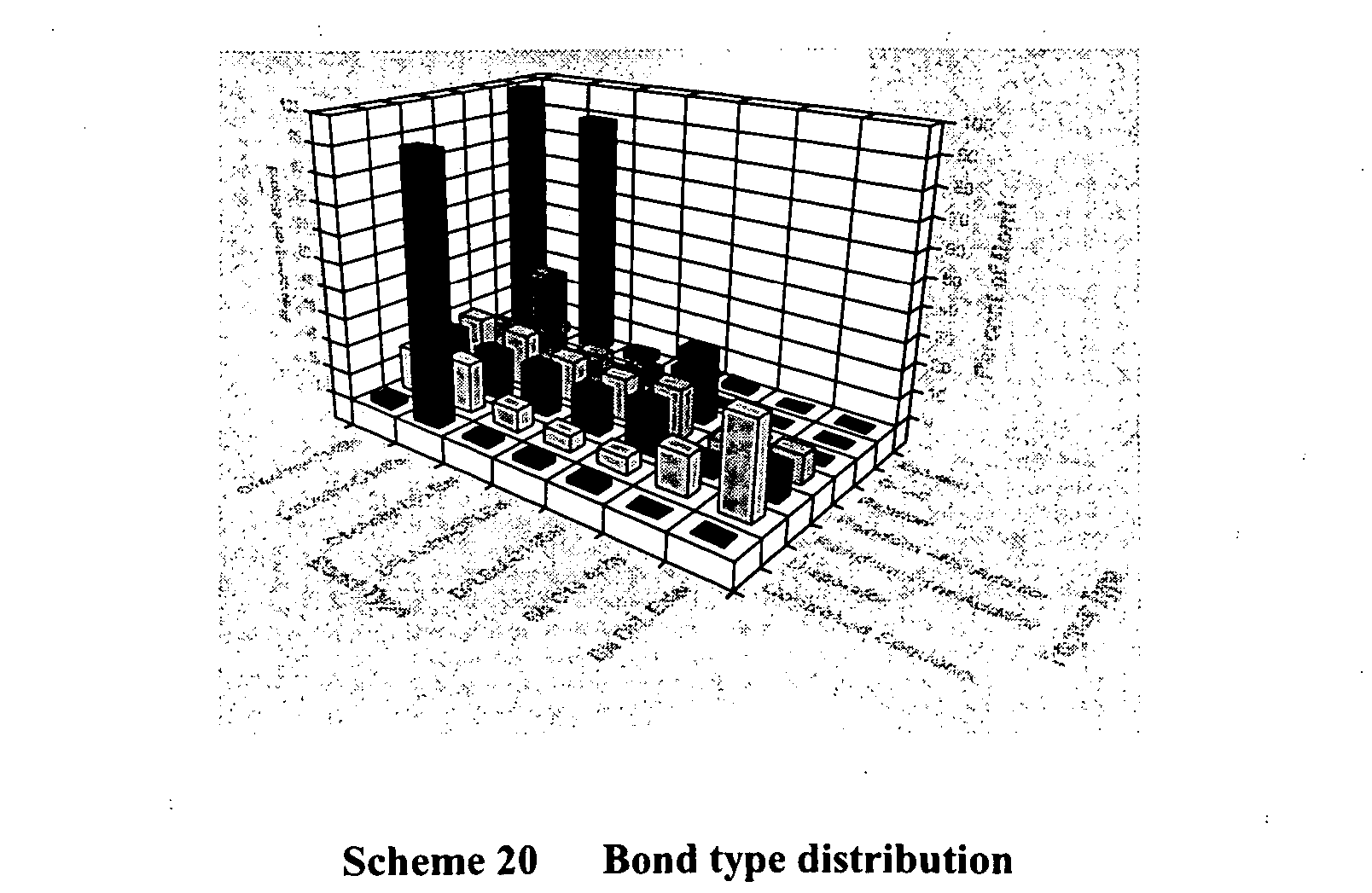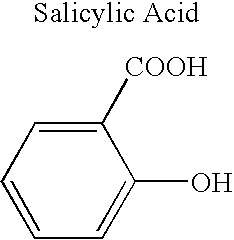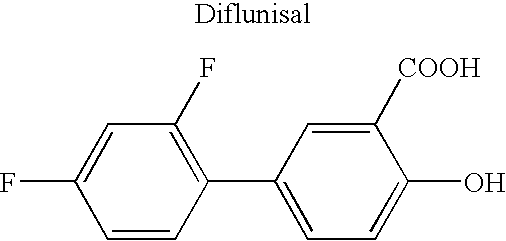High molecular wegiht polymers, devices and method for making and using same
a polymer and high molecular weight technology, applied in the field of polymers, can solve the problems of low and/or unpredictable potency, inducing inflammation or host response at the delivery site, and often causing undesirable side effects of healing devices, or being associated with them
- Summary
- Abstract
- Description
- Claims
- Application Information
AI Technical Summary
Benefits of technology
Problems solved by technology
Method used
Image
Examples
example 1
General Procedure for Preparation of Linker-Diacid Chloride (12)
0.48 mol oxalyl chloride was added to a mixture of 0.16 mol diacid (Compound 11) in 320 ml anhydrous chloroform, and the mixture stirred overnight at room temperature, gently refluxed for 1 hour, and cooled to room temperature. The solvent was then removed in vacuo, and the residue dried in vacuo at 45° C. to obtain the product.
example 2
Preparation of C14 Diacid Chloride (Compound 12a)
1,12-Dodecanedicarboxylic acid (Compound 11a) was subjected to the conditions described in Example 1.
Results:
Yield C14 Diacid Chloride: 99%
The structure of the product was confirmed by 1H NMR.
example 3
Preparation of C16 Diacid Chloride (Compound 12b)
1,16-Hexadecanedioic acid (Compound 11b) was subjected to the conditions shown in Example 1.
Results:
Yield C16 Diacid Chloride: 99%.
The structure of the product was confirmed by 1H NMR.
PUM
| Property | Measurement | Unit |
|---|---|---|
| temperature | aaaaa | aaaaa |
| temperature | aaaaa | aaaaa |
| boiling point | aaaaa | aaaaa |
Abstract
Description
Claims
Application Information
 Login to View More
Login to View More - R&D
- Intellectual Property
- Life Sciences
- Materials
- Tech Scout
- Unparalleled Data Quality
- Higher Quality Content
- 60% Fewer Hallucinations
Browse by: Latest US Patents, China's latest patents, Technical Efficacy Thesaurus, Application Domain, Technology Topic, Popular Technical Reports.
© 2025 PatSnap. All rights reserved.Legal|Privacy policy|Modern Slavery Act Transparency Statement|Sitemap|About US| Contact US: help@patsnap.com



